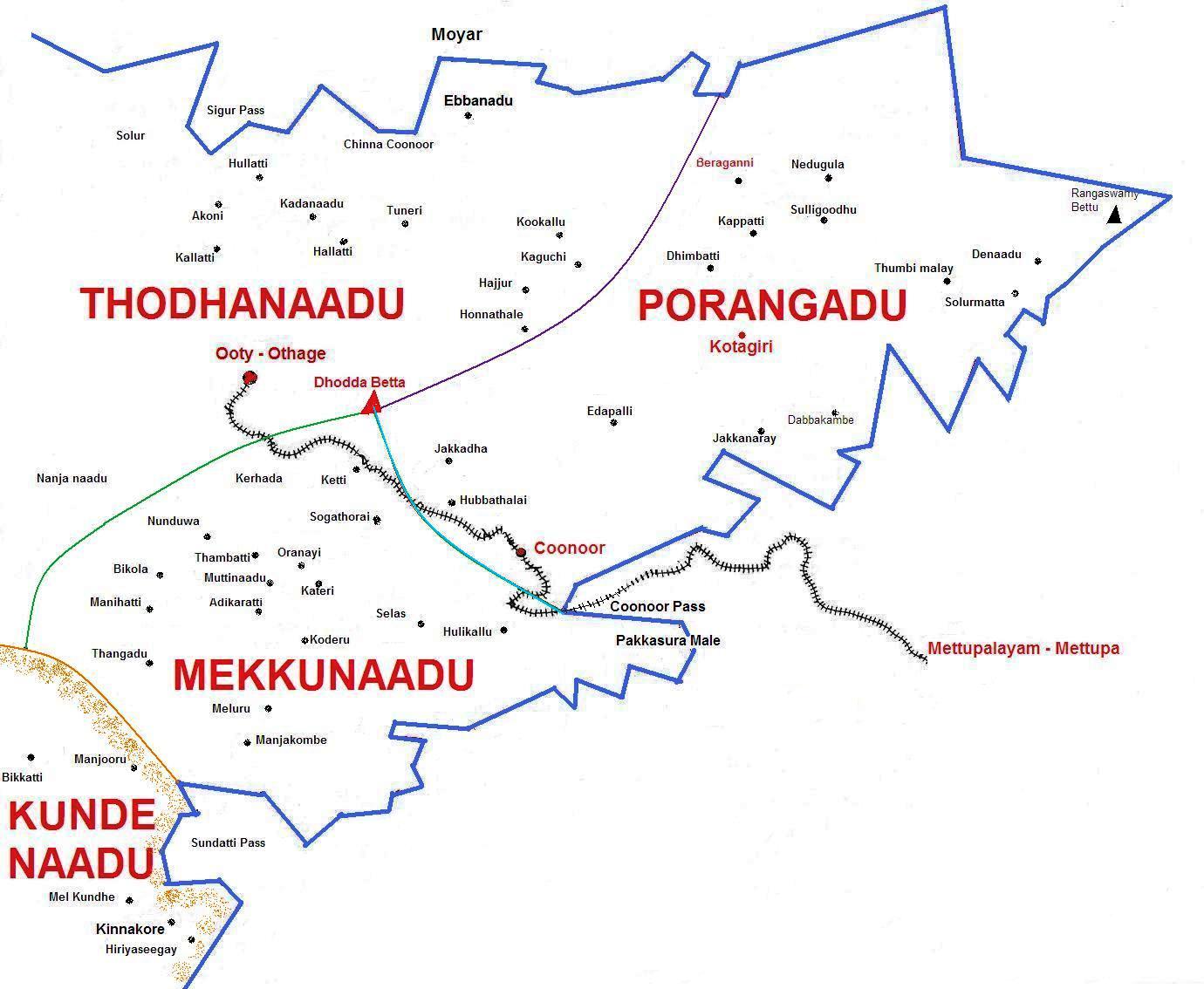


The family is said to have placed a ‘Shivalingam’ on the ground, and prayed before it. Legend has it too, that when they reached River Moyar, which is the northernmost limit of the Nilgiri District, their pursuers started to close in on them. The brothers, who were staunch Hindus, disguised themselves and their sister, and fled by night to the Nilgiris. He was captivated by the sister and wanted to marry her. Legend has it that Tipu Sultan was riding in the vicinity and was witness to this sight. Not finding anything handy with which to tie it again, she uncoiled her long, luxuriant hair and held the calf back with it, while her brother milked the cow. One evening as the sister, who was a ravishing beauty, was busy making preparations for the milking of the cows as usual, one of the calves broke loose from the tree to which she had tied it. It is said that during the reign of Tipu Sultan, seven brothers and their sister were living in a village called Badagahalli on the Talaimalai Hills near Mysore.

This interesting piece of information is from the article of Indu K Mallah (also see the “ORIGIN” page) where she talks about how the ‘SEEMEs’ came to be formed : Again, we will discuss about a typical badaga house separately.Ī cluster of villages, which need not be close to each other, is called a ‘Seeme’. Of couse, there was an attic on top of beskatti( kitchen having a hearth) the entry to which is from the nadumane. Every house had exactly the same configuration of Bayilu (entrance), Nadu mane (central-living/dining room ),Oge mane (inner room) where cooking also takes place (kitchen) with a large beskatti (basket) above the hearth where drying takes place, Pillay (bathroom) and Ereh (a separate room adjacent to the bayilu). The houses had common walls (Gode mane) possibly as a measure of security. The houses of each village were laid out in rows, each row facing the east. Let me write about Hethai Habba in a separate article. For the most sacred of all Badaga festivals ‘Hethai Habba’ - always held on a monday (sovara), the collection of money (Hana kattodu) took place at the suthugallu in an eloborate ceremony on the preceeding friday (belli).

Being very environment conscious, they chose a) direction - always or to a very great extent facing the east and b) water souce - near a stream (halla) or spring (huttu neeru).Every hatti had a ’suthugallu’ (sacred triangular shaped stone) at the base of a ‘bikka mara’ (tree) around which important meetings (Kootu) took place. It appears that initially when the Badagas established their hamlets, they took two very important factors into consideration. Nakku Betta literaly means four (Nakku) Mountains (betta) though there are many hills around which the villages are located. Badagas, generally, refer to their village or hamlet as ‘ HATTI ‘ spread around ‘Nakku Betta’ (the Nigiris).


 0 kommentar(er)
0 kommentar(er)
